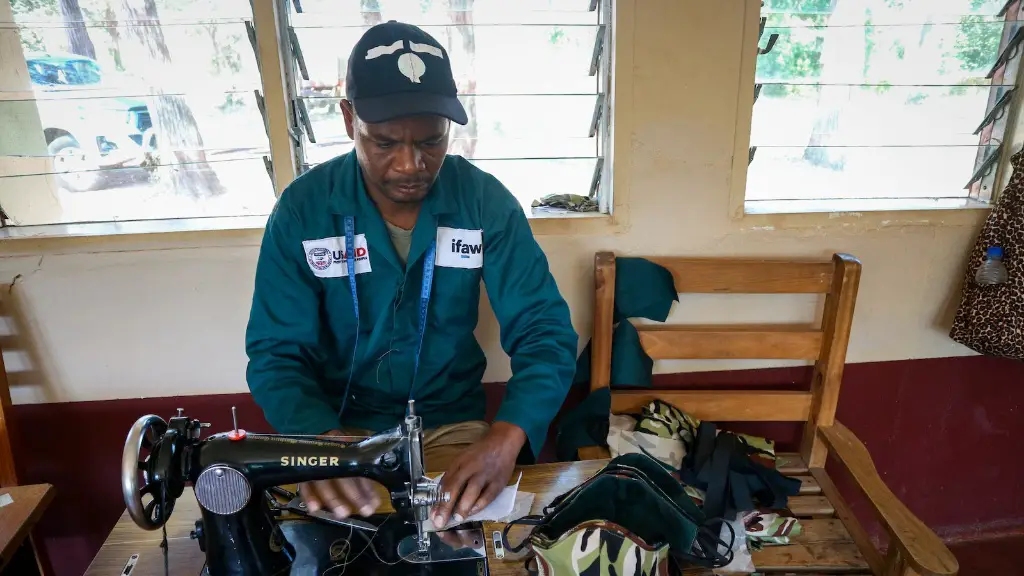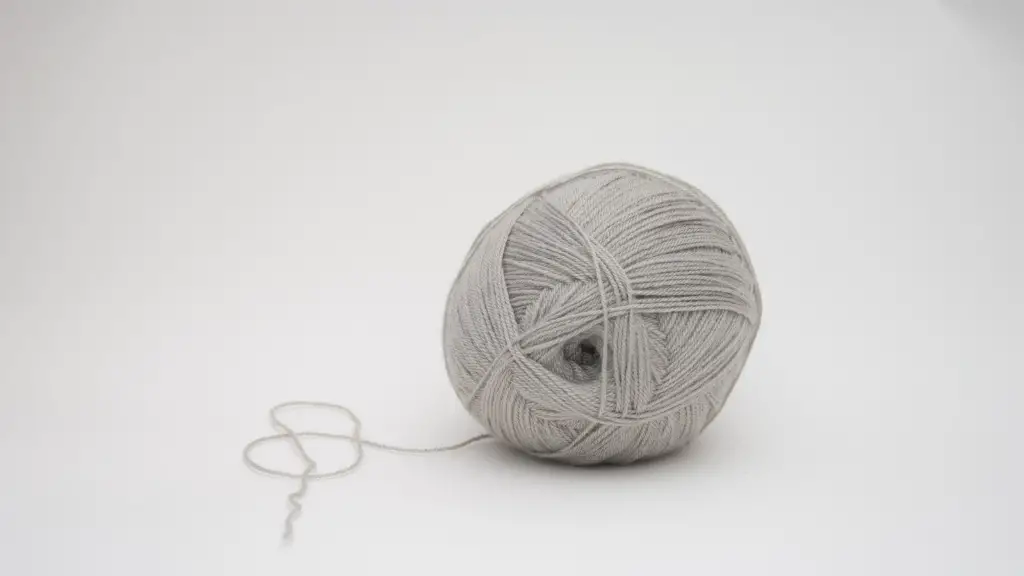How It’s Made Sewing Machines
Coming in a variety of shapes and sizes, sewing machines are used in the home and around the world to stitch together pieces of fabric. However, the journey from raw materials to the finished product isn’t an easy one. Sewing machines are complex machines, which have to be made with precision and care. To understand how these machines are made, we have to look at each of the stages involved in the manufacturing process.
The first stage in the process entails the production of metal parts for the sewing machine. Starting with raw metal, such as steel or aluminum, the metal is cut, milled, spun and filed down into the desired shape. All the small parts, such as sprockets and gears, must be made with precision. Once they are all finished, they are sent to the next stage.
The parts are then assembled together. Different machines use different components, but most machines have at least some metal parts. These parts must be securely fastened together to create the machine’s frame. Components like motors and electronics are then installed to the frame, making sure each part is securely attached before moving on.
The most crucial factor in making a quality sewing machine is precision. Different parts must fit together perfectly in order for the machine to function to its full capability. A highly trained team of technicians is involved in adjusting and fine tuning each component. Each machine must pass a series of tests before it is deemed to be ready for commercial use.
The final stage of the process involves the production of the machine’s exterior components. This could include decorative covers, buttons and stitching plates. The exteriors are usually made out of plastic, aluminum or stainless steel and must be designed to match the machine’s intended purpose. Finally, all the components are assembled together using bolts, screws and adhesives.
Once the sewing machine is fully assembled, it is ready to start stitching. However, this is not the end of the process; the machines must be tested and inspected several times before they reach the customer. Quality assurance teams make sure that each individual model meets the company standard for quality and performance. Sewing machines are delicate and intricate pieces of machinery, which need to be maintained throughout their lifetime.
Types of Sewing Machines
Sewing machines come in a range of different shapes and sizes, and can be used for different purposes. The most common type of sewing machine is the electronic sewing machine, which is used for basic sewing tasks such as repairing and creating clothing. Other types of sewing machines include industrial machines, which are used in factories to sew together large pieces of fabric, and overlock machines, which are used to create decorative edges and hems.
Manufacturing Companies
The sewing machine industry is vast, and there are a variety of companies who specialize in producing them. Many of these companies are based in China and are responsible for producing a large proportion of the world’s sewing machines. Other countries who have a large sewing machine industry include Japan, the United States, Germany, and the United Kingdom.
Advantages and Disadvantages
Sewing machines offer a number of advantages over hand-sewing, the main one being speed. Sewing machines are capable of much faster and more precise stitching, which is especially useful for larger projects. However, there are also some disadvantages to sewing machines. Sewing machines require much more maintenance than hand-sewing, and due to the complexity of the machines, some tasks may be impossible for them to complete.
Cost
The cost of a sewing machine varies greatly depending on the type, manufacturer, and model. Basic machines can range from as little as $50 to several hundred dollars, while industrial machines can cost several thousand dollars. Other costs associated with sewing machines include maintenance, additional accessories and parts, as well as replacement parts.
Uses
Although initially designed for creating clothing and other apparel, sewing machines can be used for a variety of tasks. Many people use them for home decor projects such as pillow covers and curtains, while others use them for artistic purposes, such as quilting, embroidery, and fabric manipulation. Sewing machines can also be used for industrial applications, such as packaging and automotive upholstery.
Conclusion
Sewing machines have become an integral part of many people’s lives. With their wide range of uses and capabilities, sewing machines make it easier for people to create and repair items with fabric. However, the manufacturing process of a sewing machine is complicated and each machine must meet a set of rigorous standards in order to ensure its quality. By understanding the process behind making a sewing machine, people can better appreciate their usefulness and value.



